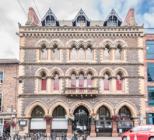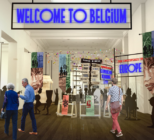With the UK in the grips of a stress epidemic, consumers are looking for new solutions to safeguard their physical and mental health. Around the world, visitor experiences are rising to meet this demand, carving out a unique new role for arts and culture in the promotion of wellbeing.
In Canada, doctors can now write prescriptions for free museum visits to the Montreal Museum of Fine Arts – with collections that provide a “relaxing, revitalizing experience, a moment of respite”. Meanwhile, healing sound baths at the Rubin Museum in New York offer a therapeutic service for guests, while the UK’s Canal River Trust has launched a wellness initiative to promote fitness and community connection.
This interest in wellness isn’t purely altruistic, either. Market research firm Mintel names total wellness as one of the six major consumer trends influencing global markets in 2019, and the industry is worth £22 billion in Britain alone.
With demand booming, holistic wellness carves out an intriguing new way for public spaces to evolve and be relevant to a fresh generation of visitors. Here’s how you can reinvent your site to explore this intriguing crossover, and tap into the wellbeing movement:
What aspects of your site can incorporate physical fitness?
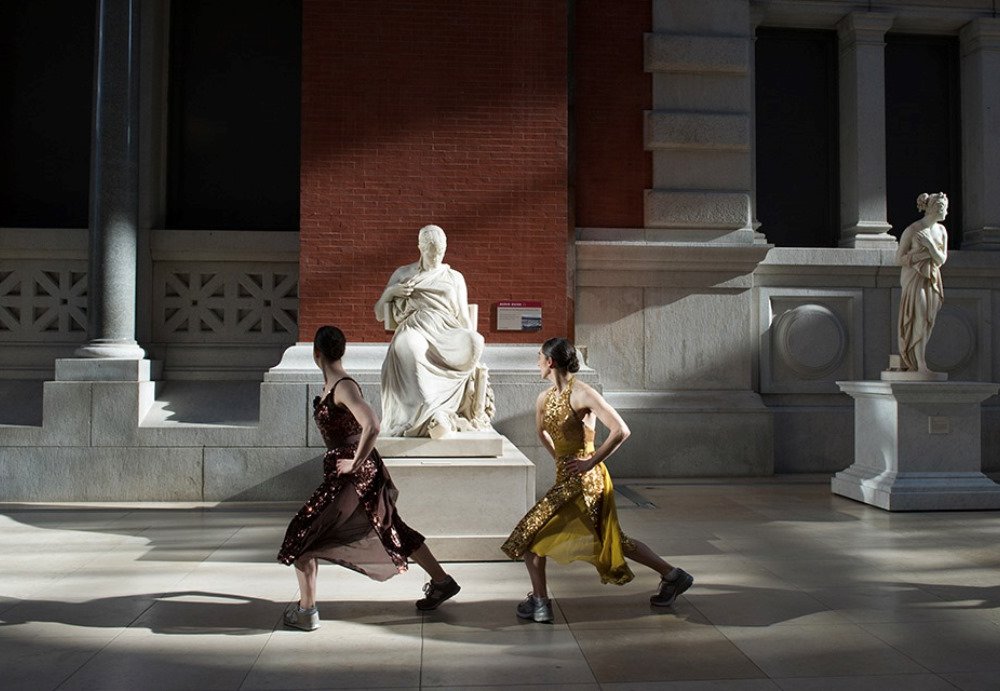
Fitness is a major pillar of wellbeing; so much so, that health professionals are mooting the idea of exercise prescriptions to combat a culture of inactivity. Workouts not only improve our physical health, they’re a shortcut to happiness, too.
How can you use your space to promote physical fitness? In the Ukranian capital Kiev, a unique open-air fitness park is open to all, featuring equipment salvaged from Soviet-era scrap. The Derwent Valley Cycleway in Derbyshire plans to cut through the Derwent Valley Mills World Heritage Site, linking together six local communities along the way. Connection, heritage and health come together in this ambitious proposal for an off-road cycleway.
But it’s not just about outdoor space. At New York’s Museum of Modern Art, visitors can take part in “the museum workout”, a part gallery tour, part dance performance where groups are encouraged to break a sweat while interacting with sculptures in a more physical way.
What activities can encourage a positive state of mind?
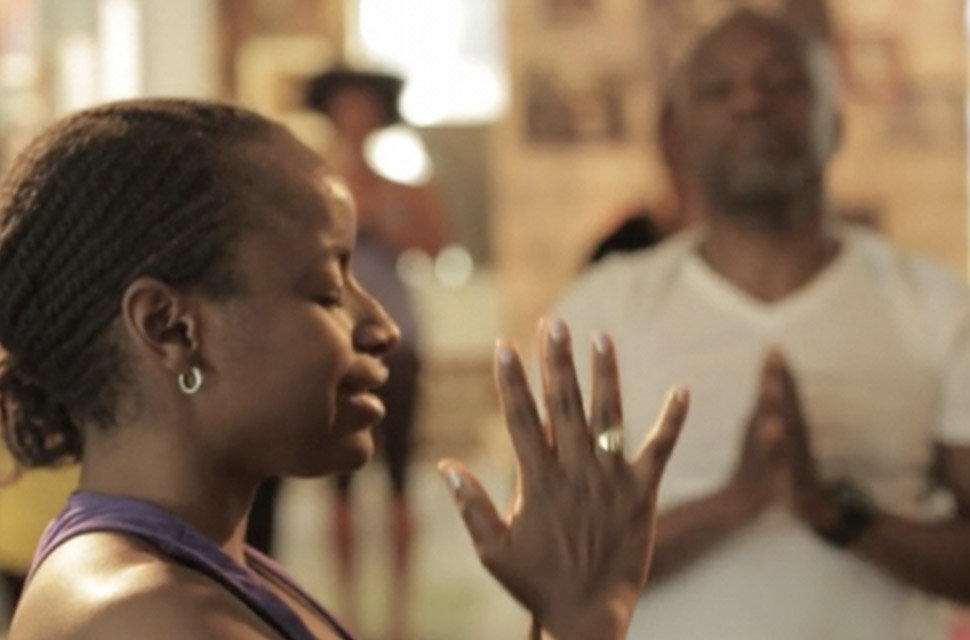
Another route into site-based wellness lies within classes and activities linked to mindfulness. The National Jazz Museum in Harlem runs monthly vinyasa yoga sessions set to live jazz. Encouraging a powerful connection between body and mind, the initiative also makes good use of the museum space outside visiting hours. The National Railroad Museum in Wisconsin took a slightly different route recently with the introduction of pop-up goat yoga, for a fun family event that sold out in just 24 hours.
Surprising activities like these not only promote wellbeing, they also push the boundaries of visitor experience and bring in new audiences. Carefully curated moments play well to social media, too, for increased brand awareness. By extending the lifespan of an attraction beyond its opening hours, you have the potential to develop a multipurpose space.
Can the physical environment be affected to enhance wellbeing?

It’s not just about activities; environment also has a profound, if unwritten, impact on wellbeing as well. How can you alter your physical setting to promote wellness? We know sunlight can powerfully affect mood: a point that the Rijksmuseum in the Netherlands took to heart in its 10-year renovation project. Architects Antonio Cruz and Antonio Ortiz used spectacular glass roofs and LED lighting to flood the museum with light, creating a sense of calm and wellbeing in the process. Use of colour and indoor-outdoor connections can also be used to elevate mood.
Not everyone has the luxury of a renovation budget, of course. But you can also delve deeper into the history and meaning of your existing space. Human Henge is a concept based at Stonehenge that helps people living with mental health problems in the local area engage with the ancient landscape. With National Lottery funding, the project used walks, lunches and community gatherings in the historic setting to promote mental health recovery.
What little things can you do to encourage healthier living?
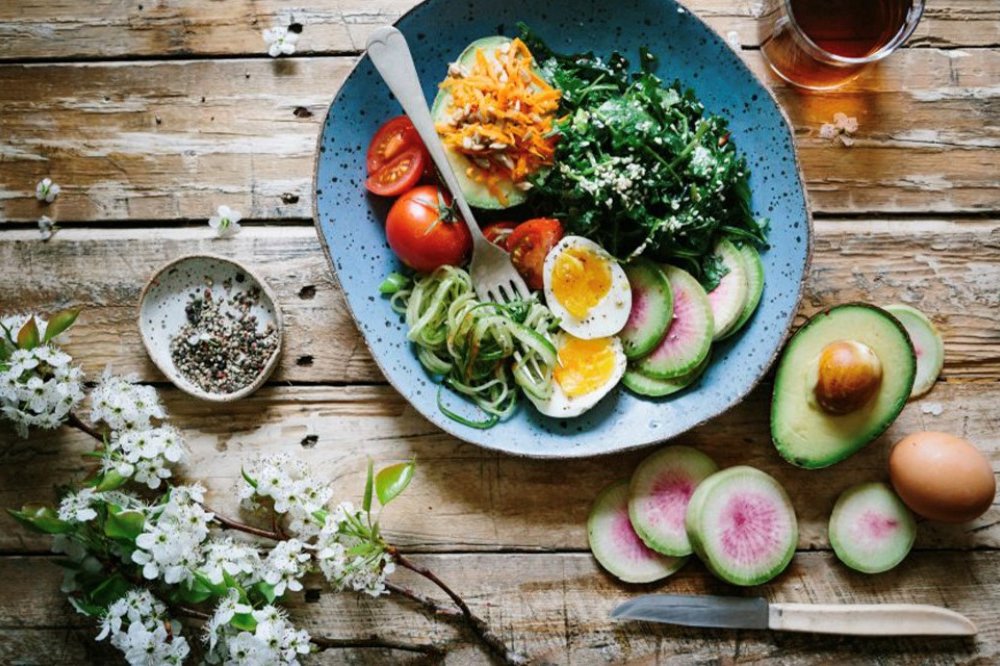
Creating healthier habits is not something that happens overnight, but instead requires small, incremental steps that lead to something bigger. This shift in lifestyle calls for ongoing support and encouragement. What small changes can you bring about to fuel this process?
Nutrition is a good place to start. The Robert Burns Birthplace Museum in Alloway has recently received a Healthy Living Award from the NHS Scotland in recognition of its healthy alternatives menu. “We’ve noticed that our customers are increasingly looking for healthier food,” they said. “We do try our best to use local produce when we can and the team are always thinking about how to make our popular items healthier.”
Volunteering is also a proven happiness formula that you can harness within your space. Give: Volunteering for Wellbeing is a partnership project between UCL university, the Natural History Museum, the Valence House Museum and the Horniman Museum and Gardens. It aims to enable a wider range of people to volunteer with their local museums and be inspired by their collections, in support of their personal wellbeing.
This effort shouldn’t overlook museum staff, either. Historic Dockyard Chatham is the first heritage site in England to sign a mental health pledge that commits to changing how mental health issues are tackled in the workplace – with a drive to support colleagues suffering from anxiety, depression and other related conditions.
Can visitors interact with the space in a mindful way?

An important part of mental wellness is the ability to stay in the present. Are visitors able to interact with your space in a way that encourages focus in the here and now? Mindfulness meditation is part of the weekly agenda at New York’s Rubin Museum, where expert practitioners lead sessions inspired by works of art. This gives visitors the opportunity to engage with the works more consciously, setting the stage for a meaningful visit.
At Egeskov Castle in Odense, Denmark, a newly opened sensory garden stimulates the senses, through an innovative fusion of shapes, plants, colours and scents. Percussive drums and chimes lie between rustling grasses, inviting visitors on a journey of discovery through grounds that date back over 460 years.
The National Trust has a growing archive of “barefoot experiences” on its books, where guests, young and old, are invited to peel off their socks and connect with the landscape. Barefoot trails lead across sand dunes, muddy pits and soft grasslands, encouraging touch and lowering inhibitions. These experiences and others like them are an antidote to modern-day anxiety, providing moments of connection and calm in an increasingly frenetic world.
Can you make your visitors feel happier?
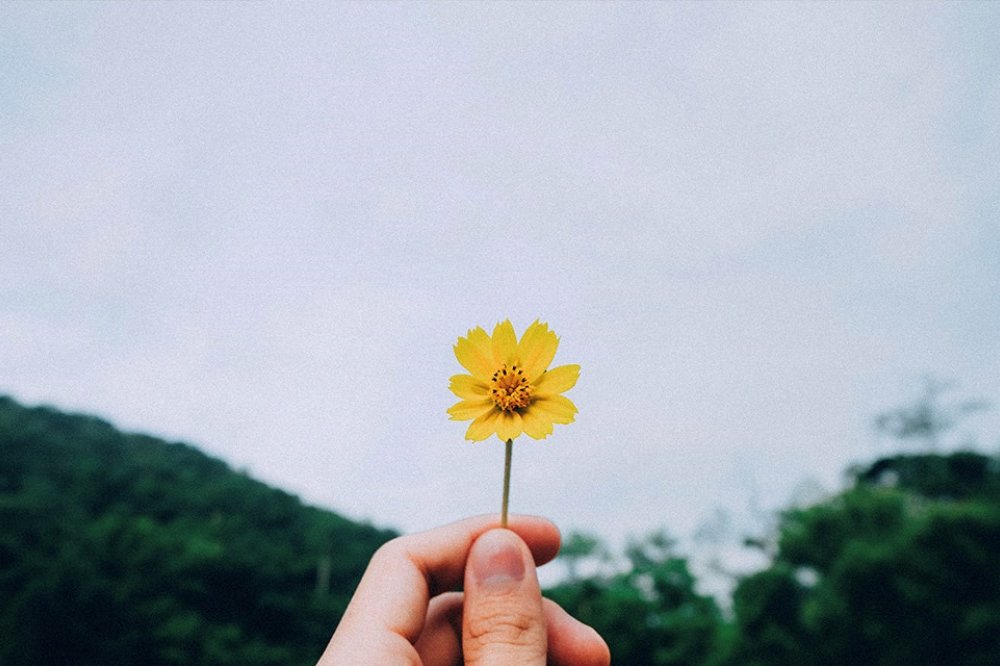
Little punctuations of happiness also make a big difference when it comes to wellbeing. How can you fill your space with moments that bring joy and delight? This could be something as simple as a bold infusion of colour such as yellow (closely associated with a sense of cheerfulness and fun).
You could consider installations such as a frog fountain or posing pools that encourage playfulness; a quality that’s often overlooked in our drive for wellness, but one that is crucial to happiness. Are you allowing your visitors the capacity to have fun, to be creative and to play? Immersive art is another good channel into this theme, providing an outlet from daily routines and the space to express emotions.
And don’t forget, community plays a huge role in all of this, too. Longitudinal research by Harvard scientists shows that embracing community not only makes us happier, it helps us live longer too. How can you use group activities to engage and draw together local communities?
The ultimate wellness experience will draw together a fleet of happiness habits – from healthy eating to physical fitness, community connection and more. Rather than a static destination, it becomes a journey: one that adapts and evolves over the course of time. If you, as an attraction, can achieve this, you’ll prescribe a formula for yourself and others to thrive.
Want more ideas on powerful design and creative solutions? Find out about ALL Creative’s
consumer healthcare work and heritage expertise.


